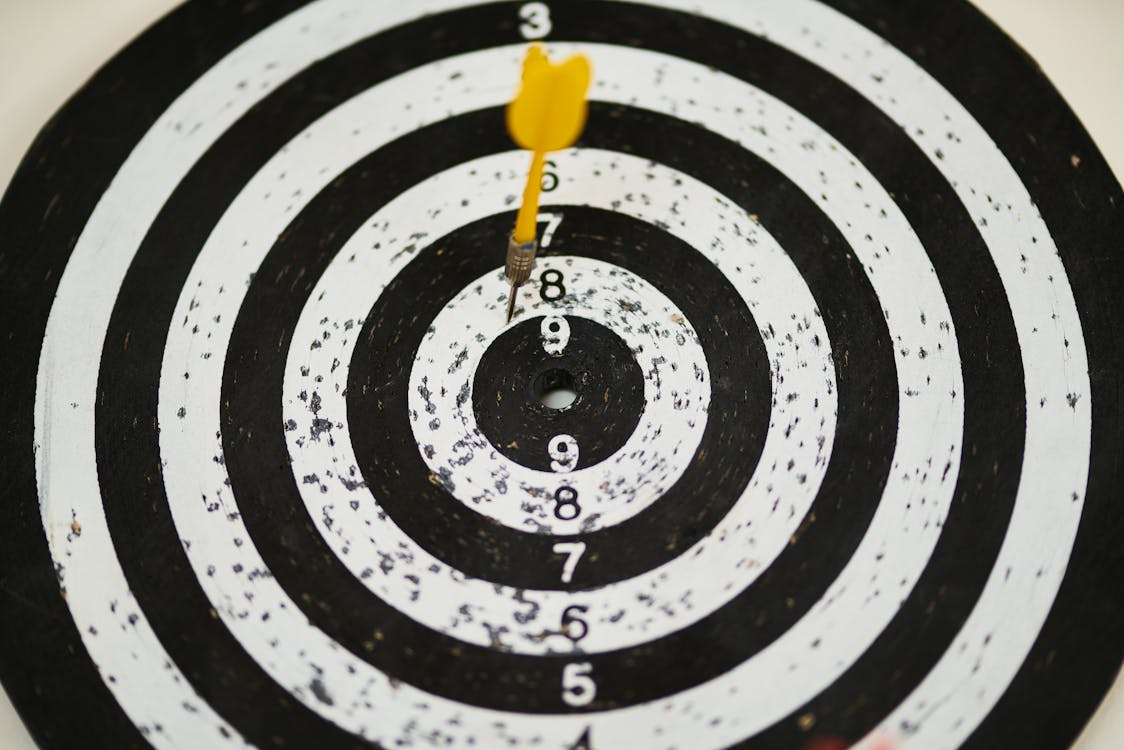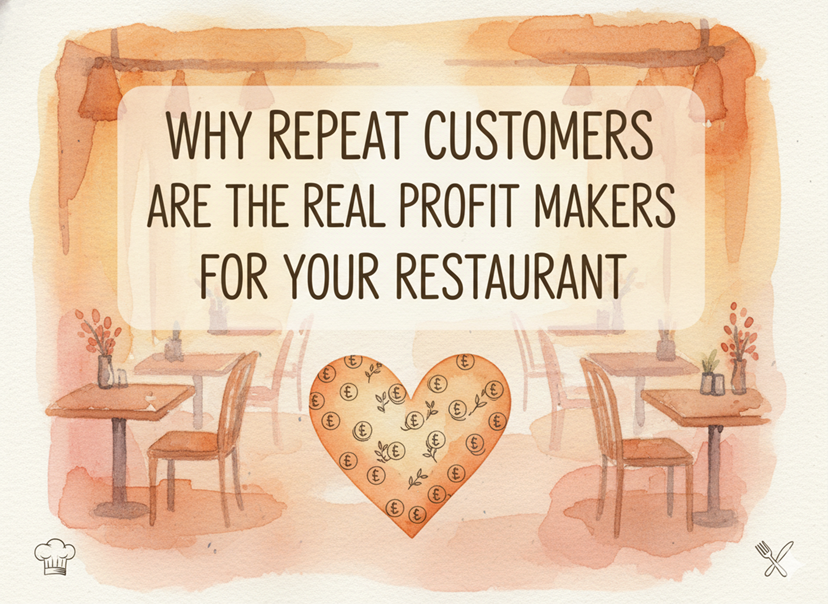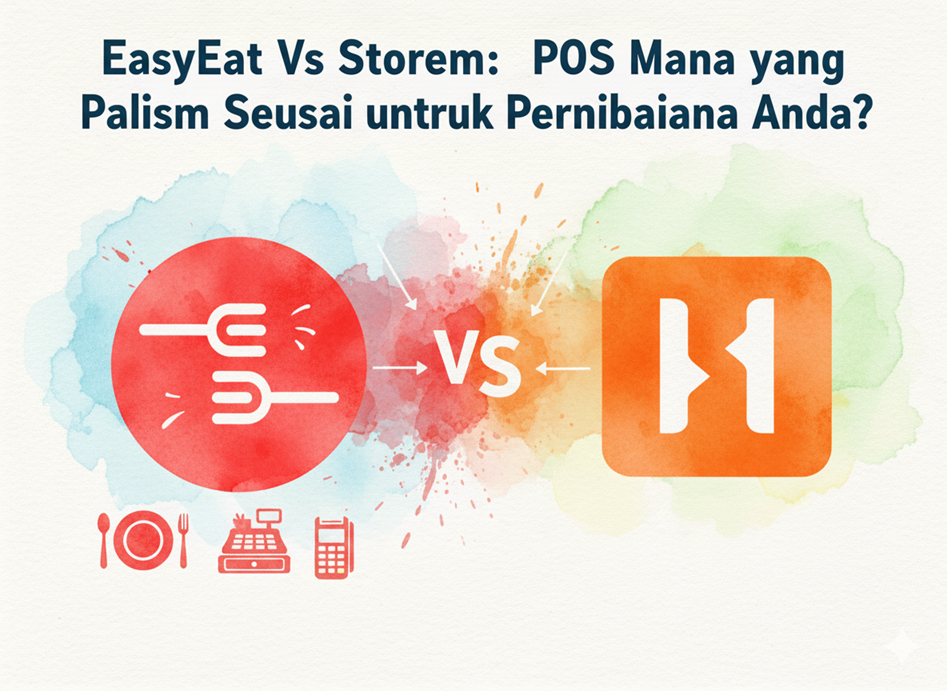Track these 5 essential restaurant key performance indicators (KPI) to help you measure and analyze the success of your restaurant business.

Every restaurant owner wants to see their business succeed, but without the right tools and metrics, it can be challenging to know how well your restaurant is truly performing. This is where Key Performance Indicators (KPIs) come into play. KPIs are essential metrics that help you measure the success of your restaurant and identify areas for improvement. In this article, we will decode restaurant KPIs and provide you with a step-by-step guide on how to measure success.
I. Determine Your Objectives and Goals
Before diving into specific KPIs, it’s crucial to define your restaurant’s objectives and goals. What are you trying to achieve as a business? Is it higher revenue, increased customer satisfaction, or improved operational efficiency? Once you have a clear understanding of your goals, you can align your KPIs accordingly.
II. Key Performance Indicators for Financial Success
1. Gross Profit Margin: This KPI measures the profitability of your restaurant by calculating the percentage of revenue left after subtracting the cost of goods sold. A higher gross profit margin indicates better financial health.
2. Average Check Size: The average amount each customer spends at your restaurant is a critical financial KPI. Monitoring this metric helps you analyze customer spending patterns and make data-driven decisions to increase revenue.
3. Cost of Labor: Labor costs can significantly impact your profitability. Tracking labor costs as a percentage of sales allows you to optimize staffing levels and control expenses.
III. Key Performance Indicators for Operational Efficiency
1. Table Turnover Rate: This KPI measures the number of times a table is occupied during a particular period. A high table turnover rate indicates efficient service and maximized seating capacity.
2. Order Accuracy: Accuracy in taking and processing orders is crucial for customer satisfaction. This KPI helps you identify any bottlenecks or training needs in your order management process.
3. Food and Beverage Waste: Keeping track of wasted food and beverages is essential for cost control and sustainability. Measuring this KPI allows you to identify areas where waste can be reduced through better inventory management or portion control.
IV. Key Performance Indicators for Customer Satisfaction
1. Customer Feedback Score: Utilize surveys, online reviews, and comment cards to gauge customer satisfaction. This KPI gives you insights into the quality of your service, food, and overall dining experience.
2. Net Promoter Score (NPS): NPS measures customer loyalty and their likelihood of recommending your restaurant to others. NPS is calculated as the difference between the percentage of your customers who will recommend your restaurant and customers who will not recommend your restaurant. Monitoring this score helps you identify brand advocates and areas for improvement.
3. Repeat Customer Rate: The percentage of customers who return to your restaurant is a strong indicator of customer satisfaction. A high repeat customer rate implies a positive overall dining experience.
Now that you understand the importance of KPIs and how to measure success, it’s time to take action. Start by identifying your goals and aligning them with the appropriate KPIs. Regularly track and analyze these metrics to gain valuable insights and make data-driven decisions. Remember to continuously strive for improvement and use the KPIs as a roadmap to success. Choose a POS system that provides a restaurant KPI dashboard. Now Get Ready! And take control of your restaurant’s success by harnessing the power of KPIs today.
FAQs
- How can restaurant owners effectively interpret and utilize the data collected from KPIs to implement actionable strategies for improvement?
Restaurant owners must first analyze the trends and patterns revealed by the KPIs, identifying areas of strength and areas needing improvement. Once these areas are pinpointed, strategies can be developed to address them, whether it involves adjusting pricing strategies, optimizing staffing levels, or refining menu offerings. Regularly reviewing KPI data allows for ongoing refinement of these strategies, ensuring that the restaurant stays on track toward its objectives.
- Are there any industry benchmarks or standards available for comparison when evaluating the performance of specific KPIs against similar restaurants or competitors?
Benchmarking against industry standards or competitors offers valuable context for performance evaluation. However, accessing such benchmarks can vary depending on factors such as the size and type of restaurant, geographic location, and available data sources. Sources like restaurant associations, industry publications, online platforms, and networking can provide benchmarks.
- In what ways can technology, such as advanced POS systems or analytics tools, further enhance the accuracy and efficiency of tracking and analyzing restaurant KPIs beyond the methods mentioned in the article?
Advanced POS systems equipped with analytics capabilities can provide real-time data on sales, inventory, and customer behavior, allowing for more accurate and timely decision-making. Integrating these systems with other software solutions, such as customer relationship management (CRM) platforms or financial management software, can further streamline data collection and analysis processes.



